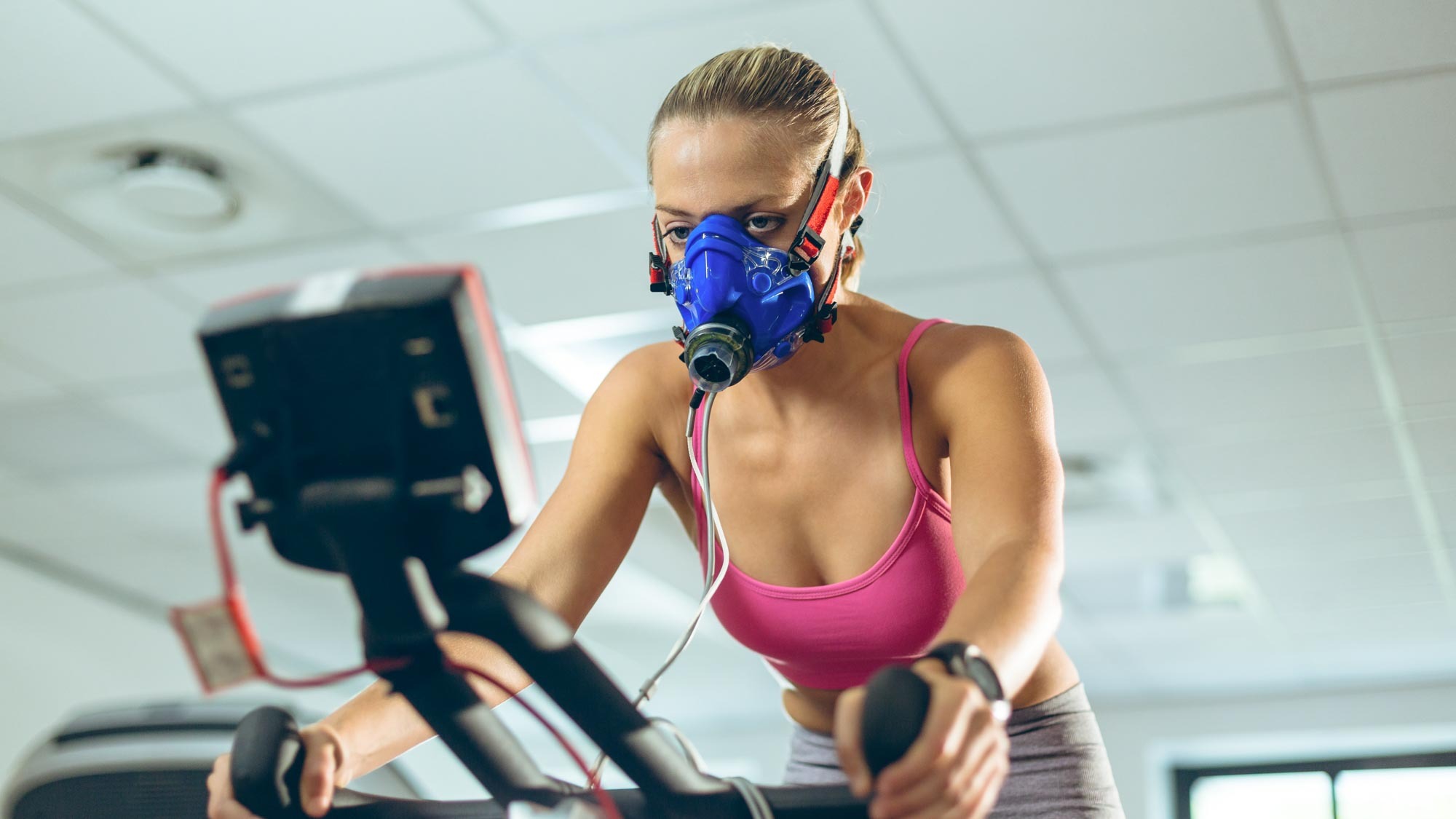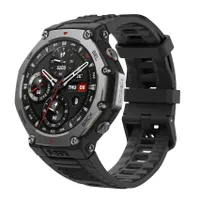How to measure your VO2 Max and why it's important
Get to grips with one of the best measures of your fitness

VO2 max has long been a measure of aerobic fitness valued by endurance athletes, but it’s not a stat that should just be of interest to keen sportspeople, because a high VO2 max is also linked with general health and longevity.
It’s easier than ever to get an estimate of your VO2 max these days, as many of the best sports watches and smartwatches will provide one based on your workouts and heart rate. What exactly is your VO2 max though, and what is the best way to measure it? You’ll find the answers below, plus more info on why your VO2 max matters.
Amazfit T-Rex 3: $279 @ Amazfit
Adventurers and the easily lost will be hard pressed to find a better fit for their wrist than the rugged, 48mm T-Rex 3. The 27 day battery life may be the headline-stealing feature but that does disservice to the bright 2,000-nit AMOLED display, stainless steel bezel and free access to offline maps complete with turn-by-turn directions.
Sitting behind the 1.5-inch display is Dual-Band GPS with detailed maps and tracking disablement as well as over 170 built-in sport modes covering everything from Freediving to Ultramarathons. T-Rex 3 wearers will benefit from 100m of water resistance and training metrics that now include readiness and heart rate variability. It comes with a choice of either Lava or Onyx straps but you can bag an instant 20% off an additional strap at checkout when purchased alongside the watch.
What is VO2 max?
VO2 max is a measure of your aerobic capacity, and more specifically the maximum amount of oxygen your body can use while exercising. It’s measured in milliliters of oxygen per kilo of bodyweight, per minute of exercise, and the higher your VO2 max the better, because the more oxygen your body can use the fitter you are, especially for endurance activities.
How do you measure your VO2 max?
The most accurate way to measure your VO2 max is to do a ramp test while wearing a mask that measures the oxygen and carbon dioxide in the air you inhale and exhale. A ramp test usually involves running or cycling at progressively higher effort levels until you max out and have to stop.
You can also do a max effort test without the mask to get an estimate of your VO2 max. The classic beep test, where you run 20-meter shuttles in time with beeps that get closer and closer together is actually a great way to measure your VO2 max using a calculator that uses the level you hit in the test to estimate your VO2 max.
Both of the above methods involve working at a maximal effort, but you can also get an estimate of your VO2 max from sports watches based on your general training. The watches will use info like your heart rate, speed/pace and distance during outdoor activities to estimate your VO2 max.
This is not as exact as a gas exchange test using a mask, but having done two VO2 max ramp tests myself using a mask and used many sports watches, I can say the estimates from the watches are quite accurate.
Get instant access to breaking news, the hottest reviews, great deals and helpful tips.
Why is VO2 max important?
The higher your VO2 max, the higher your level of cardiorespiratory fitness, and if you are a keen endurance athlete improving your VO2 max is likely to equate to improved performances in your events.
It’s not just athletes who benefit from a high VO2 max, however, as it’s also one of the best predictors of long-term health and your longevity, and your risk of cardiovascular disease.
In 2022, a meta-analysis of 37 cohort studies involving 2,258,029 participants, published in the journal Mayo Clinic Proceedings, found that the top third for aerobic fitness, based on VO2 max, had a 45% reduced risk of all-cause mortality compared with individuals in the lowest third for aerobic fitness.
Training regularly will improve your VO2 max, especially if you do a lot of zone 2 low-level aerobic workouts, along with regular interval sessions where you push hard for a short amount of time, recover, and go again.
The exact best way to improve your VO2 max is debated and hard to nail down, but training regularly over a long period of time and getting fitter is the way to go, and that’s obviously good for you in general even if your VO2 max doesn’t immediately rocket up in the way you’d hope.
More from Tom's Guide
- Have a running watch? Here's the 5 metrics you should care about
- Forget weights — build strength all over and boost your metabolism in just 20 minutes with this bodyweight workout
- How to run faster — 7 mistakes you’re probably making

Nick Harris-Fry is an experienced health and fitness journalist, writing professionally since 2012. He spent nine years working on the Coach magazine and website before moving to the fitness team at Tom’s Guide in 2024. Nick is a keen runner and also the founder of YouTube channel The Run Testers, which specialises in reviewing running shoes, watches, headphones and other gear.
Nick ran his first marathon in 2016 and became obsessed with the sport. He now has PBs of 2hr 25min for the marathon and 15min 30sec for 5K. Nick is also a qualified Run Leader in the UK.
Nick is an established expert in the fitness area and along with writing for many publications, including Live Science, Expert Reviews, Wareable, Coach and Get Sweat Go, he has been quoted on The Guardian and The Independent.

